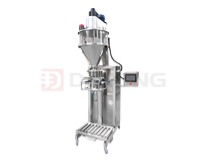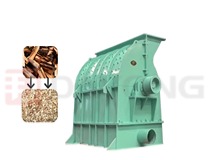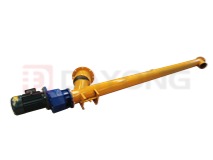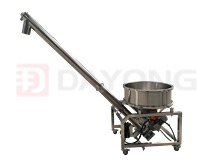Factors Affecting The Processing Capacity of Linear Screen
1. Width and length of screen surface
In general, the width of the screen surface determines the processing capacity of linear screen. The wider the screen surface, the greater the processing capacity; the length of the screen surface determines the screening efficiency of linear vibrating screen. The longer the screen surface, the higher the efficiency. For vibrating screens, increasing the width is often limited by the structural strength of the screen frame. Generally, the larger the width, the shorter the life of the screen frame. At present, the screen width in our country is generally within 2.5m, while in some countries the screen width is up to 5.5m. After the length of the screen surface reaches a certain size, the screening efficiency is little or no longer improved. At this time, increasing the length of the screen surface will only increase the volume and weight of the screen. The processing capacity and screening efficiency of the sieve are two interdependent indicators, which must be considered at the same time to have practical significance. Generally, after determining the sieve width, the sieve length is determined according to the width ratio. The aspect ratio of the mine vibrating screen in my country is mostly 2, and the width ratio of the coal vibrating screen is 2.5.
2. The inclination of the screen
The influence of the inclination of the screen surface on the sieving particle size and the significance of approximate sieving have been mentioned before. In order to facilitate the discharge of the screened material, the screen surface is sometimes inclined and installed. The inclination angle is closely related to the productivity and screening efficiency of the screen. This is because the inclination angle is large, and the material layer moves forward at a faster speed in the screen and the productivity is Large, but the time that the material stays on the screen surface is shortened, which reduces the chance of particle penetration and reduces the screening efficiency.
3. The size, shape and opening rate of the sieve
The larger the sieve hole, the higher the processing capacity per sieve area, and the higher the screening efficiency. The size of the sieve hole mainly depends on the purpose and requirements of the sieving. For conventional sieving with larger particle size, the sieve hole size is generally equal to the sieving particle size; but when the required sieving particle size is smaller, the sieve hole should be slightly larger than the sieving particle size; for approximate sieving, the sieve hole should be larger than the sieving particle size. The sieving particle size is much larger. The shape of the undersieve obtained by the round and square sieve is relatively regular, while the flake and strip-shaped particles are easy to leak from the rectangular sieve. For this reason, the rectangular sieve is generally made smaller.





 (Live chat)
(Live chat)
_213x160.jpg)




 +86-15136770681
+86-15136770681 sale@vibratingscreen.cc
sale@vibratingscreen.cc +86-373-3669006
+86-373-3669006 From West Room 5, 1st Floor, Building 18, Huilong Yangguang Mingyuan, New District, Xinxiang, Henan, China (Mainland).
From West Room 5, 1st Floor, Building 18, Huilong Yangguang Mingyuan, New District, Xinxiang, Henan, China (Mainland). Your Position:
Your Position:


